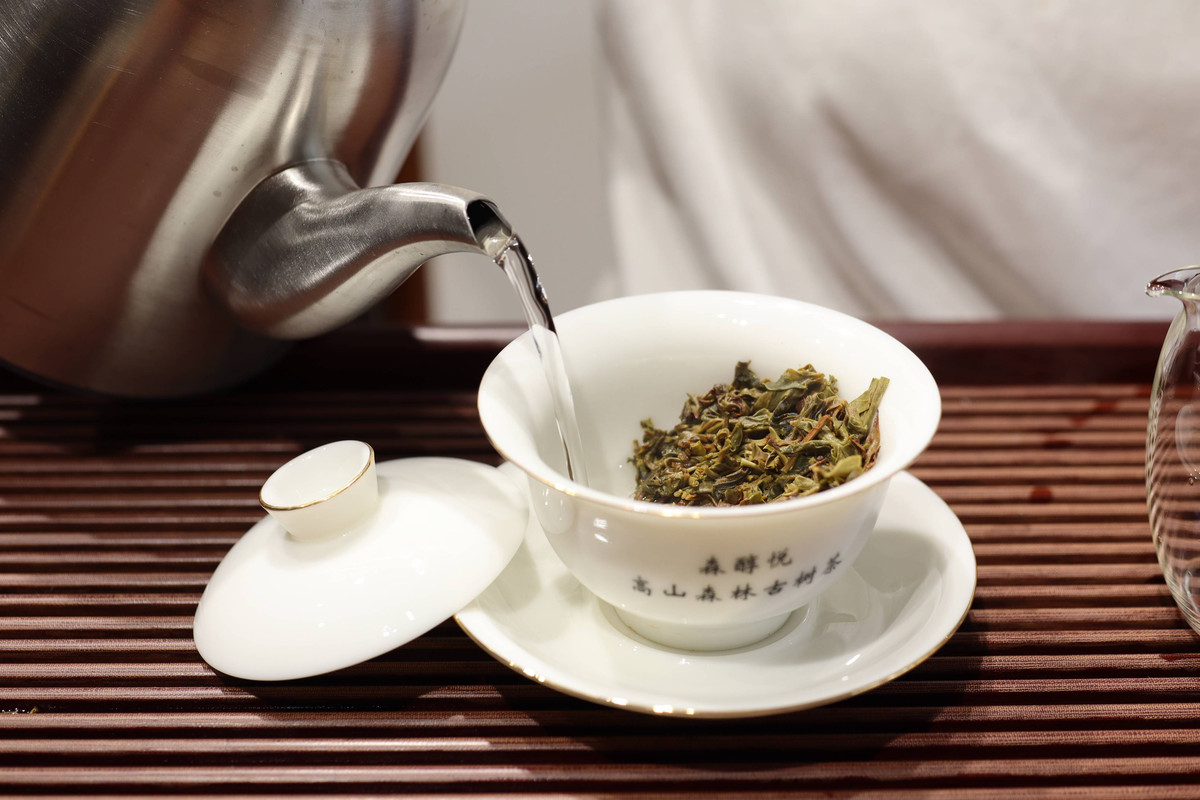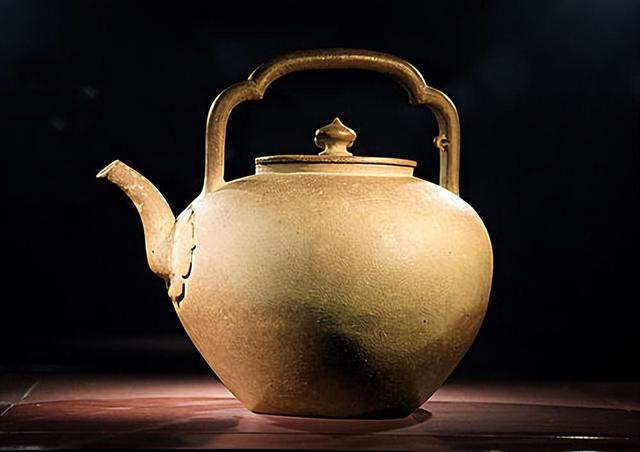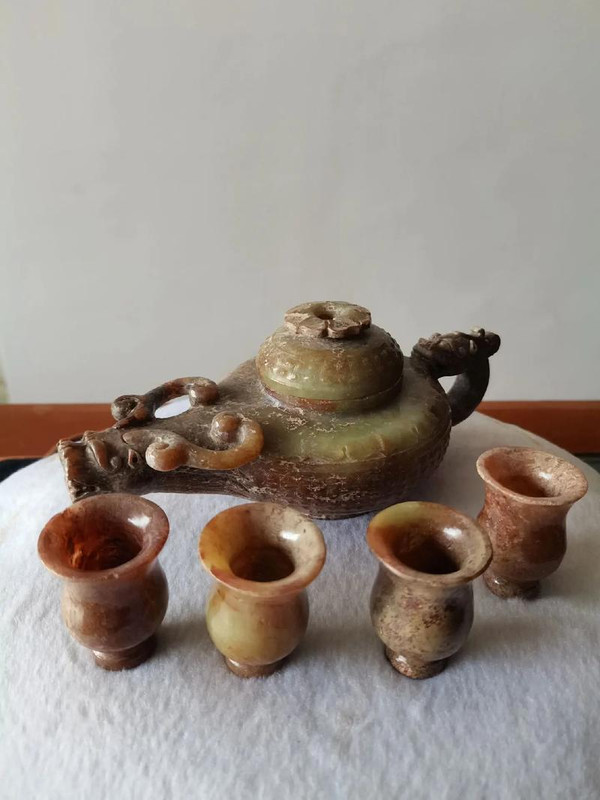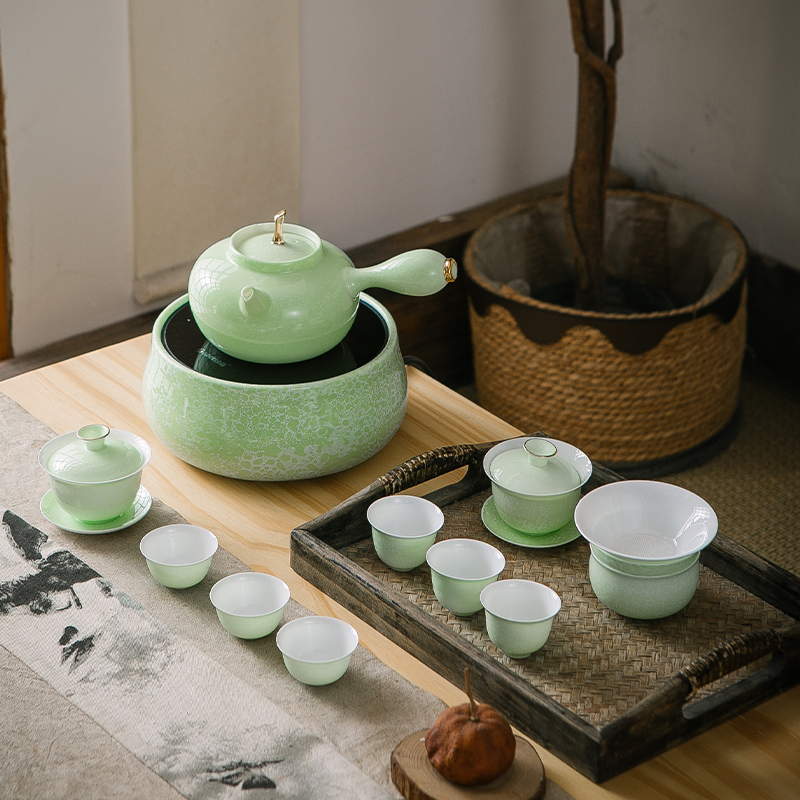Teaware, an essential companion to tea lovers globally, transcends mere functionality—it is a canvas for artistry, a vessel for tradition, and a conductor of flavor. The choice of material profoundly influences the brewing experience, from heat retention to aroma enhancement. Below, we explore an expanded classification of teaware materials, delving into their unique properties, cultural significance, and practical applications.
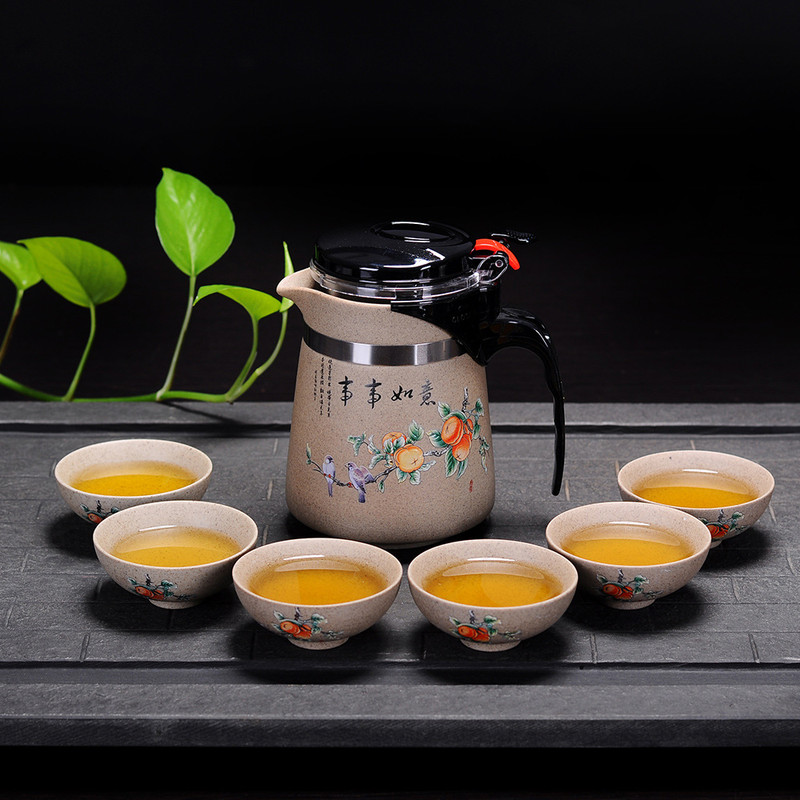
1. Ceramic Teaware: The Pillar of Tradition
Ceramic teaware, encompassing porcelain, stoneware, and earthenware, forms the backbone of tea culture across continents.
- Porcelain: Originating in China, porcelain is prized for its delicate, translucent appearance and non-porous surface. It retains heat moderately and does not absorb flavors, making it ideal for showcasing the nuances of green, white, or floral teas. Iconic examples include Jingdezhen porcelain (China) and bone china (England).
- Stoneware: Denser than porcelain, stoneware often features earthy tones and rustic textures. Its excellent heat retention makes it suitable for dark teas like oolong or black tea. Yixing clay teapots, a subset of stoneware, are revered for their porous structure, which enhances flavor over time.
- Earthenware: The most primitive form, earthenware has a coarse texture and ruddy hue. It is less common today but cherished for its rustic charm in traditional tea ceremonies.
2. Purple Clay (Zisha): The Soul of Gongfu Cha
Hailing from Yixing, China, purple clay teaware is legendary for its “breathable” quality.
- Properties: Unglazed zisha pots absorb trace amounts of tea oils, developing a patina that deepens flavor with use. This “tea mountain” effect is prized by collectors.
- Usage: Best suited for aged teas like pu-erh or roasted oolong, as its minimal heat conductivity prevents scalding. Each pot is typically dedicated to one tea type to avoid cross-contamination.
3. Glass Teaware: Clarity and Artistry
Glass teaware offers a visual feast, allowing enthusiasts to witness the unfurling of tea leaves and the evolution of liquor color.
- Advantages: Non-reactive and heat-resistant, glass preserves the tea’s true character. Its transparency is perfect for blooming teas, herbal infusions, or delicate green teas.
- Design: Modern glass teapots often integrate stainless steel infusers or bamboo handles, blending functionality with minimalist aesthetics.
4. Metal Teaware: Durability Meets Heritage
Metal teaware, spanning silver, iron, and tin, combines practicality with cultural resonance.
- Silver: Historically favored by royalty for its antibacterial properties, silver softens water and enhances sweetness in tea.
- Cast Iron (Tetsubin): A Japanese innovation, tetsubin distributes heat evenly and retains warmth for hours. Enamel-lined interiors prevent rust, while the exterior develops a patina over time.
- Tin: Tin storage vessels are prized for their airtight seals, which protect tea from moisture and light.
5. Bamboo and Wood: Nature’s Embrace
Eco-friendly and lightweight, bamboo or wooden teaware evokes a sense of harmony with nature.
- Common Uses: Bamboo tea trays, wooden scoops, or cedar tea caddies are often handcrafted, reflecting regional artistry.
- Care: Requires occasional oiling to prevent cracking; avoids prolonged exposure to moisture.
6. Lacquer Teaware: The Epitome of Craftsmanship
Lacquer teaware, originating in China and refined in Japan, is a marvel of patience and precision.
- Process: Layers of sap from the lacquer tree are painstakingly applied to a base material, creating a durable, luminous finish.
- Design: Often adorned with intricate motifs, lacquer teaware is as much a work of art as a functional tool.
7. Stone Teaware: Timeless Elegance
Stone teaware, carved from marble, granite, or specialized tea stones, combines durability with aesthetic appeal.
- Properties: Stone retains heat exceptionally well and resists staining. It is favored for its cooling effect on the hands during hot summer brews.
- Usage: Common in Chinese and Japanese tea ceremonies for preparing matcha or aged pu-erh.
8. Emerging Materials: Innovation and Sustainability
Modern designers are experimenting with eco-conscious materials to meet contemporary needs:
- Recycled Glass: Combines environmental benefits with visual appeal.
- Bamboo Fiber Composites: Lightweight and biodegradable, ideal for travel sets.
- Food-Grade Silicone: Flexible and shatterproof, catering to outdoor enthusiasts.
9. Hybrid Materials: The Best of Both Worlds
Some teaware blends materials for enhanced functionality:
- Ceramic-Lined Metal: Combines the heat retention of metal with the non-reactive surface of ceramic.
- Wood-Accented Glass: Integrates natural textures with modern transparency.
Choosing the Right Material
The “best” teaware depends on context and preference:
- Flavor Purists: Opt for porcelain or glass to avoid material interference.
- Aesthetes: Explore hand-painted ceramic or artisanal lacquer.
- Adventurers: Try cast iron for camping or bamboo for picnics.
In conclusion, teaware materials are bridges between tradition and innovation, offering a tactile connection to centuries-old rituals while embracing modern sustainability. Whether sipping from a centuries-old Yixing pot or a sleek glass infuser, each material invites a unique dialogue between tea, culture, and the individual. 🍵
